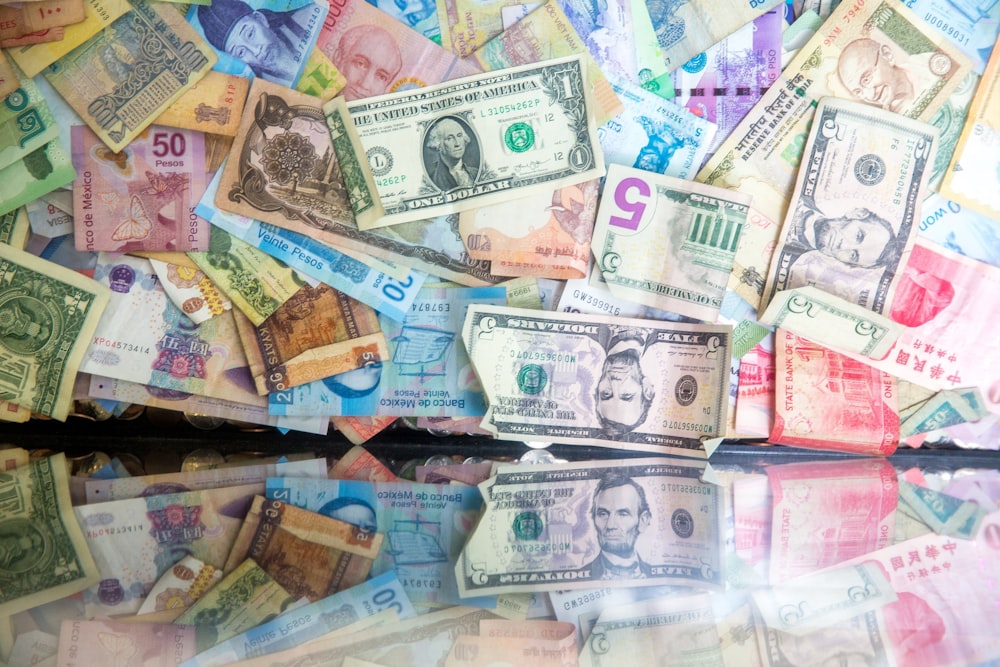

The AUD/USD exchange rate continued its strong sell-off this week as the US dollar index surged and after Australia published mixed jobs numbers. It crashed to 0.6480, its lowest level since August 6, and 6.70% below the highest level this week.
Australia jobs data and RBA decision
The AUD/USD pair crashed after a series of Australian jobs numbers signaled that the Reserve Bank of Australia (RBA) may start cutting interest rates as soon as this year.A report published on Wednesday showed that wage growth decelerated in the third quarter. Precisely, the wage price index rose 0.8% in Q3, missing the analyst estimate of 0.9%.The index slowed from 4.1% in Q2 to 3.5%, also missing the expected increase of 3.6%. A falling WPI is a positive thing since it will help slow the country’s inflation. Another report released on Thursday showed that the economy created just 9.7k jobs in October, a big drop from the 51.6k it created in the previous month. The third quarter employment change was just 15.9k, much lower than the 64.k it made in the previous quarter. Most importantly, the unemployment rate remained unchanged at 4.1%, while the participation rate moved from 67.2% to 67.1%. These numbers came two weeks after Australia published its quarterly inflation report, which showed that the headline Consumer Price Index (CPI) dropped from 3.8% to 2.8%. The Reserve Bank of Australia is therefore expected to start cutting rates either in its December 10 meeting or in the first quarter of next year. It has become the last central bank to slash rates this year.
US dollar index surge
The AUD/USD exchange rate continued falling as the US dollar index surged to $106.62. It has risen in the past six consecutive days and is hovering at its highest level since May 2nd of this year. Also, the dollar has jumped by over 6% from its lowest level this year.The greenback has risen because of the recent Donald Trump election and its implications for the global and US economy.For example, the win means that Trump will likely restart its trade war, especially with China, Australia’s biggest trading partner. He has threatened to impose as much as 60% tariffs on Chinese goods, a move that will lead to higher prices in the US. Trump has also pledged to deport thousands of undocumented immigrants, which will lead to labor shortages in key industries like construction and agriculture. As such, these measures could make inflation stickier. Data released on Wednesday showed that the headline Consumer Price Index (CPI) rose from 2.4% in September to 2.6% in October, while the core CPI remained at 3.3%.
AUD/USD technical analysis
 The daily chart shows that the AUD/USD exchange rate has been in a strong bearish trend in the past few weeks. Most notably, it is about to form a death cross pattern as the 50-day and 200-day Exponential Moving Averages (EMA) cross each other. It has also dropped below the key support level at 0.6500.The MACD indicator has dropped below the zero line, while the Relative Strength Index (RSI) has pointed downwards. Therefore, the AUD to USD exchange rate will continue falling as sellers target the next point at 0.6350, its lowest swing on August 5, and 2% below the current level.More By This Author:Brent Crude Oil Price Forecast: What Is The Path Of The Least Resistance? Inflation Remains Americans’ Biggest Concern: Will It Stay High In Trump’s Second Term? Shopify Stock Jumps 25% To Hit Yearly High – Here’s What Drove The Surge
The daily chart shows that the AUD/USD exchange rate has been in a strong bearish trend in the past few weeks. Most notably, it is about to form a death cross pattern as the 50-day and 200-day Exponential Moving Averages (EMA) cross each other. It has also dropped below the key support level at 0.6500.The MACD indicator has dropped below the zero line, while the Relative Strength Index (RSI) has pointed downwards. Therefore, the AUD to USD exchange rate will continue falling as sellers target the next point at 0.6350, its lowest swing on August 5, and 2% below the current level.More By This Author:Brent Crude Oil Price Forecast: What Is The Path Of The Least Resistance? Inflation Remains Americans’ Biggest Concern: Will It Stay High In Trump’s Second Term? Shopify Stock Jumps 25% To Hit Yearly High – Here’s What Drove The Surge
















